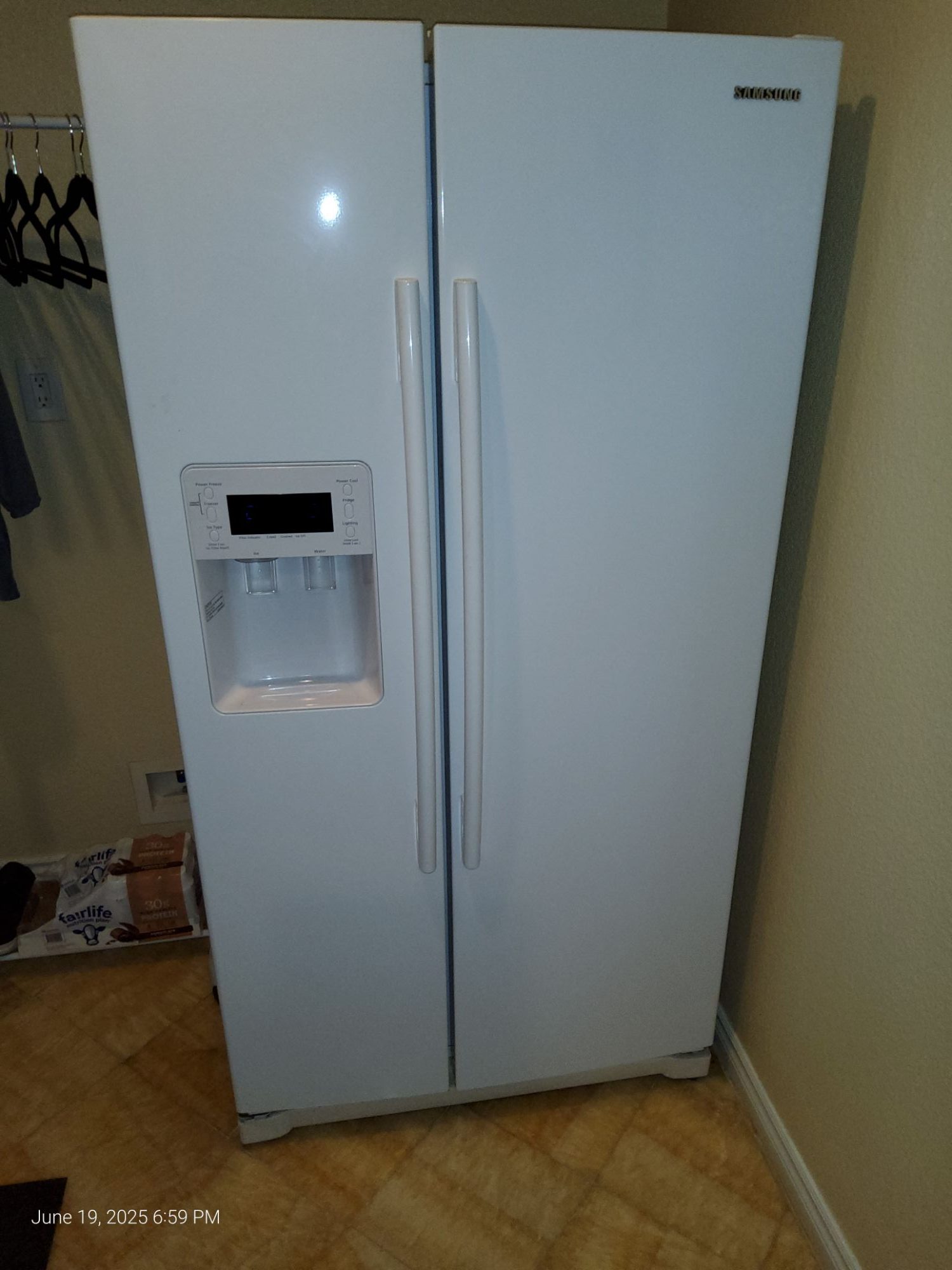Your refrigerator is one of the most important appliances in your home. It keeps food fresh, prevents spoilage, and ensures you always have safe, cold storage for your groceries. But when the fridge door does not seal properly, it can lead to a range of problems—from higher energy bills to spoiled food. Two of the most common causes for this issue are a worn gasket or misaligned hinges. Understanding these causes, their symptoms, and potential fixes can save you both money and frustration.
Why a Proper Seal Matters
The seal around your fridge door is not just a piece of rubber—it’s a crucial component. This seal, called a gasket, ensures that the cold air stays inside the refrigerator while warm air is kept out. Without a proper seal, your fridge has to work harder to maintain the right temperature. As a result, your energy consumption spikes, the compressor runs more often, and the lifespan of the appliance can be shortened.
A poorly sealed door also affects food safety. When warm air gets inside, bacteria can grow more quickly on perishable items. Milk may spoil before its expiration date, vegetables may wilt, and frozen foods can thaw or develop freezer burn.
Common Symptoms of a Poor Seal
If your refrigerator door is not sealing properly, you might notice one or more of these warning signs:
- The door doesn’t close tightly: You may see a gap even when the door appears closed.
- Condensation around the door: Moisture forms because warm air is seeping inside.
- Inconsistent cooling: The inside temperature fluctuates, leading to spoiled food.
- Higher electricity bills: Your fridge runs more frequently than usual.
- Visible cracks or wear on the gasket: The rubber strip may look brittle, cracked, or loose.
Cause #1: Worn Gasket
The gasket is a flexible rubber seal that runs along the edge of the fridge door. Over time, constant opening and closing, exposure to spills, and even simple aging can cause it to lose flexibility. A worn or damaged gasket won’t adhere tightly to the fridge body, letting air leak in and out.
Signs of a Worn Gasket:
- Cracks or tears in the rubber.
- Hard or brittle texture instead of soft and pliable.
- Sections of the gasket pulling away from the door.
- Difficulty in creating suction when closing the door.
Possible Solutions:
- Clean the gasket: Sometimes dirt, grease, or food particles prevent the gasket from sealing properly. A simple cleaning with warm soapy water can help.
- Check for obstructions: Make sure no food containers or shelves are blocking the door from closing fully.
- Replace the gasket: If the gasket is worn, replacement is usually the best solution. This is a relatively simple repair that can restore efficiency and prolong the life of your fridge.
Cause #2: Misaligned Hinges
Another common culprit behind a poorly sealed refrigerator door is misaligned hinges. Hinges hold the door in place and allow smooth opening and closing. Over time, they can become loose, bent, or misaligned due to heavy use, uneven flooring, or the weight of items stored in the door compartments.
Signs of Misaligned Hinges:
- The fridge door appears crooked.
- The door sags or doesn’t line up with the body of the fridge.
- You need to lift the door slightly to close it properly.
- The gasket looks fine, but the seal is still weak.
Possible Solutions:
- Tighten the hinges: Sometimes, simply tightening the screws on the hinges can realign the door.
- Adjust the door position: Some fridge models allow minor hinge adjustments to correct alignment.
- Replace worn hinges: If the hinges are bent or broken, replacement may be necessary to restore a proper seal.
DIY or Professional Help?
While some issues like cleaning the gasket or tightening hinge screws can be handled at home, many repairs require professional expertise. Installing a new gasket, for example, may seem straightforward, but an improper installation can leave small gaps that continue to waste energy. Similarly, realigning or replacing hinges may involve delicate adjustments to ensure the door closes evenly and securely.
A professional technician not only diagnoses the issue correctly but also ensures that the repair is done to manufacturer standards. This helps avoid further complications and extends the lifespan of your appliance.
Preventive Maintenance Tips
To avoid future issues with your fridge door seal, consider these simple maintenance habits:
- Clean the gasket regularly with mild soap and water to remove dirt and food residue.
- Inspect for wear and tear at least once every few months.
- Avoid overloading the door with heavy items that may strain the hinges.
- Check alignment if you notice the door closing unevenly.
- Perform the dollar-bill test: Close the fridge door on a dollar bill. If you can pull it out easily without resistance, the seal may be failing.
When to Call for Help
If cleaning and minor adjustments don’t fix the issue, it’s time to seek professional assistance. A refrigerator is too important and expensive to risk further damage with trial-and-error fixes. Ignoring the problem can cost you more in spoiled food, inflated energy bills, and possible damage to other components like the compressor.
A fridge door that doesn’t seal properly may seem like a small inconvenience, but it has serious consequences. Whether it’s due to a worn gasket or misaligned hinges, addressing the issue promptly can save you from wasted energy, food spoilage, and costly repairs down the road. Regular maintenance and timely professional service ensure your refrigerator continues to run efficiently for years to come.
If your refrigerator door isn’t sealing as it should, don’t wait until the problem escalates. Contact HOME APPLIANCE SERVICE CENTER today for fast, reliable, and expert repair solutions. Their experienced technicians can restore your fridge to peak performance, giving you peace of mind and helping you avoid unnecessary expenses.
Contact us
 619-928-5000
619-928-5000  Request Service
Request Service 
